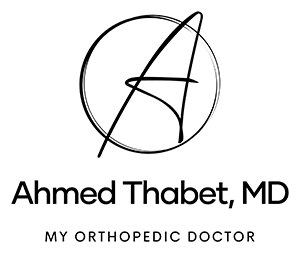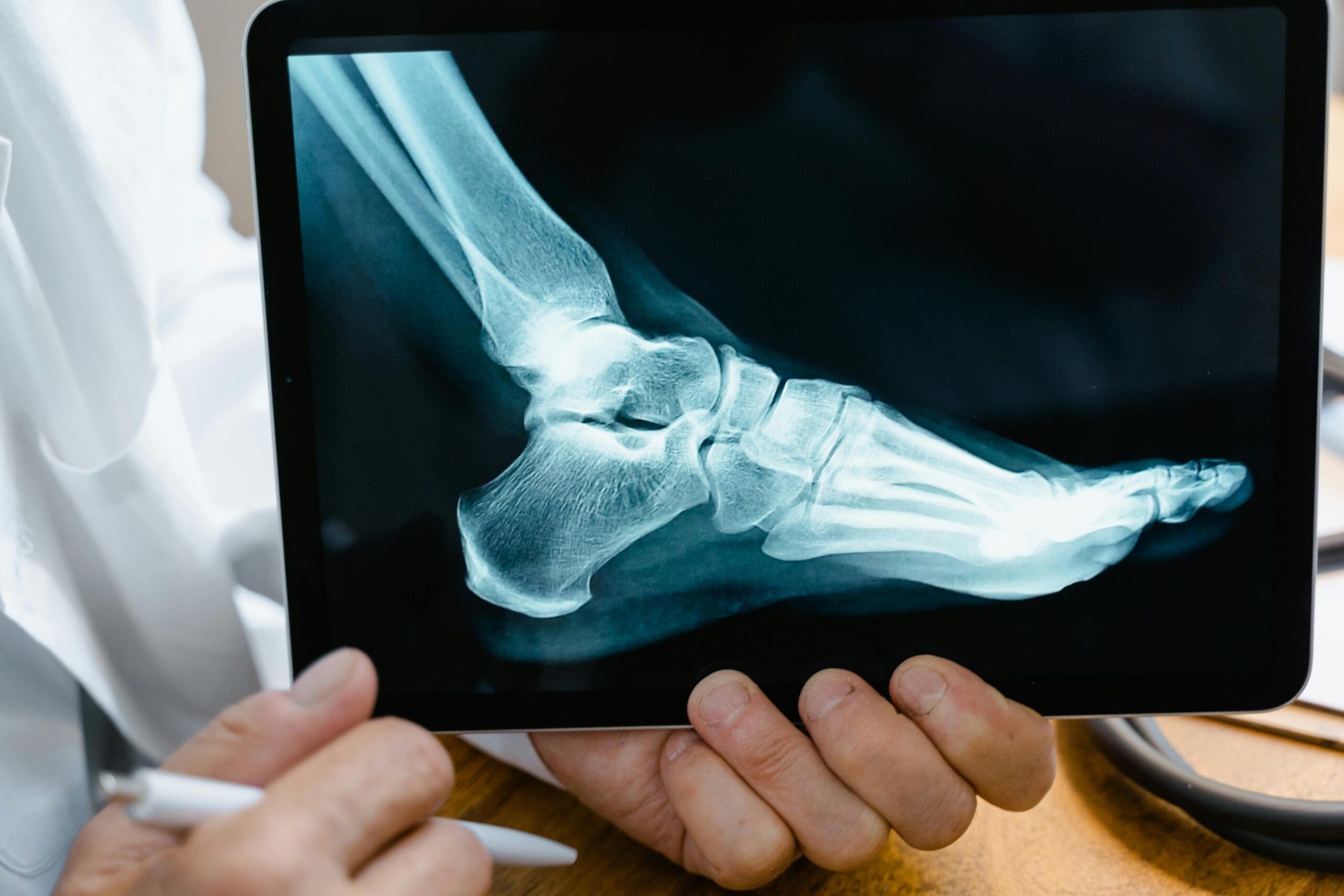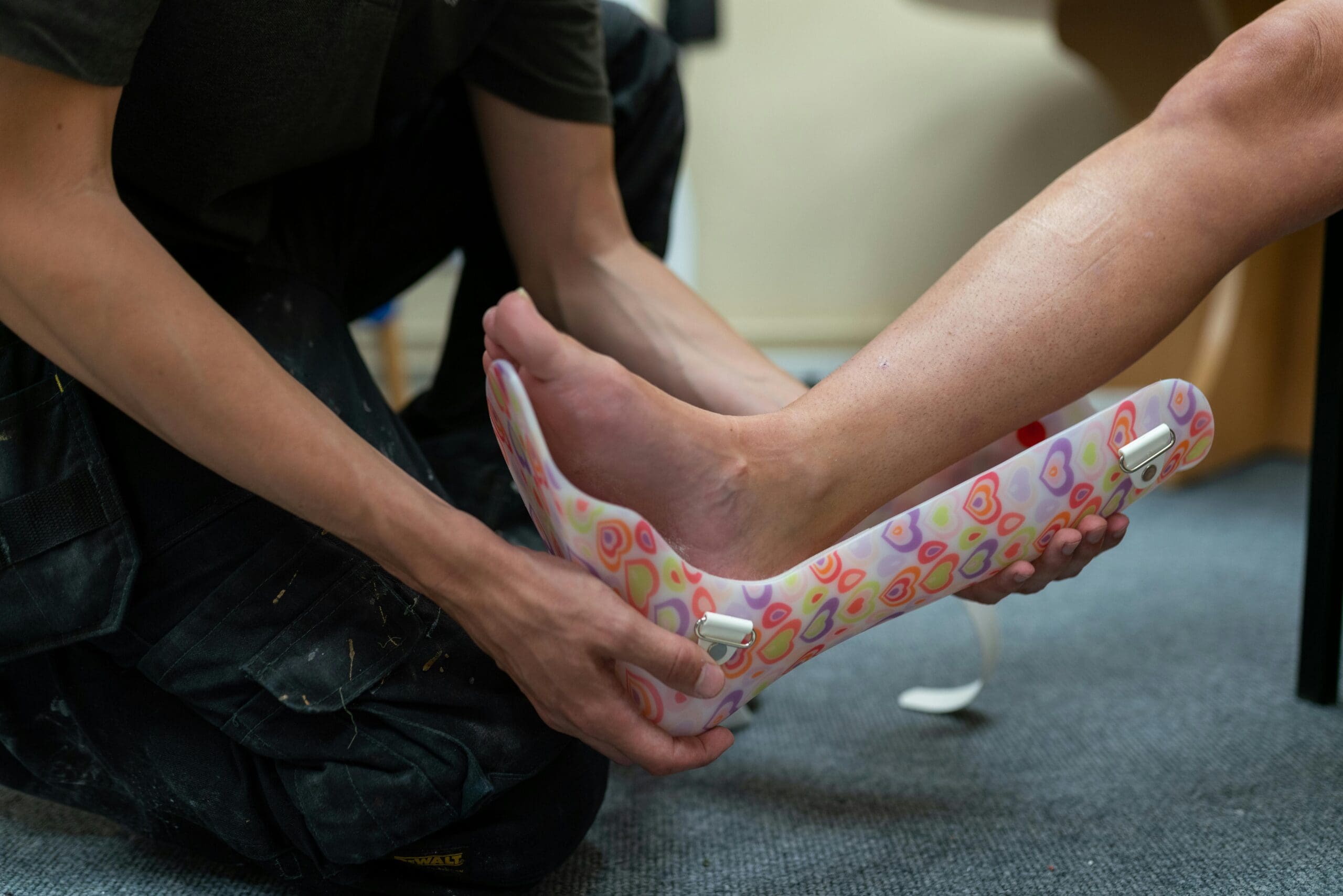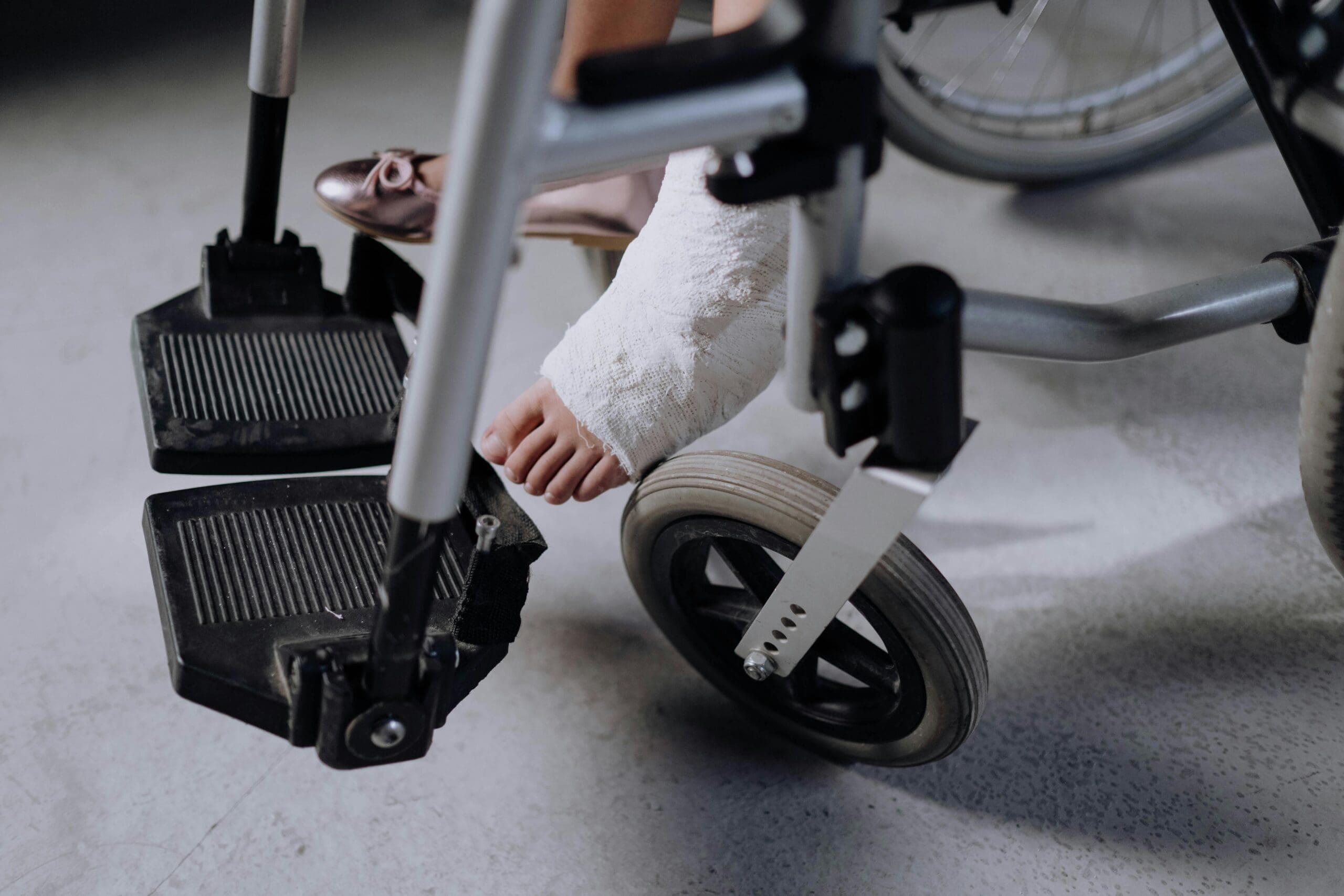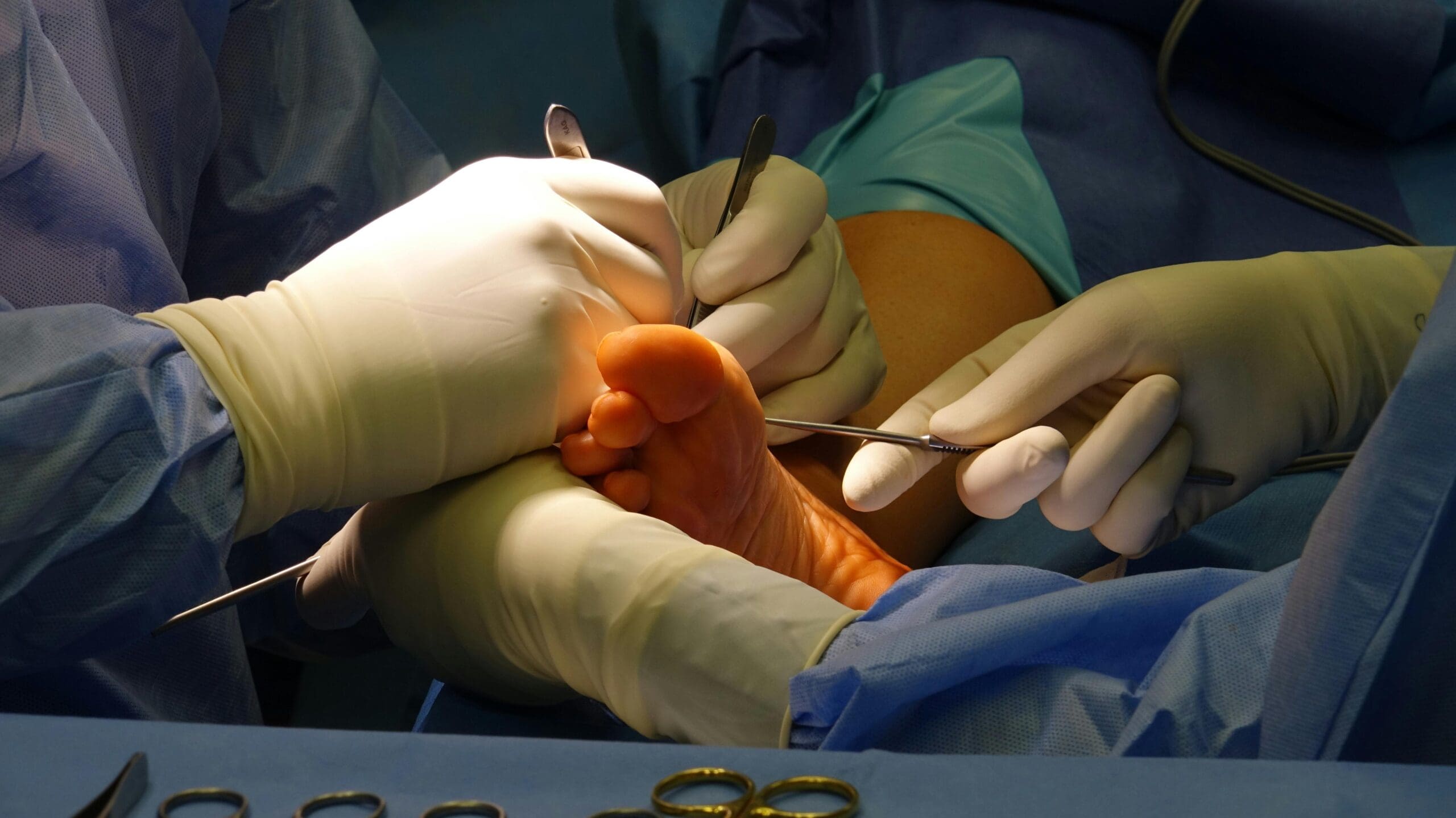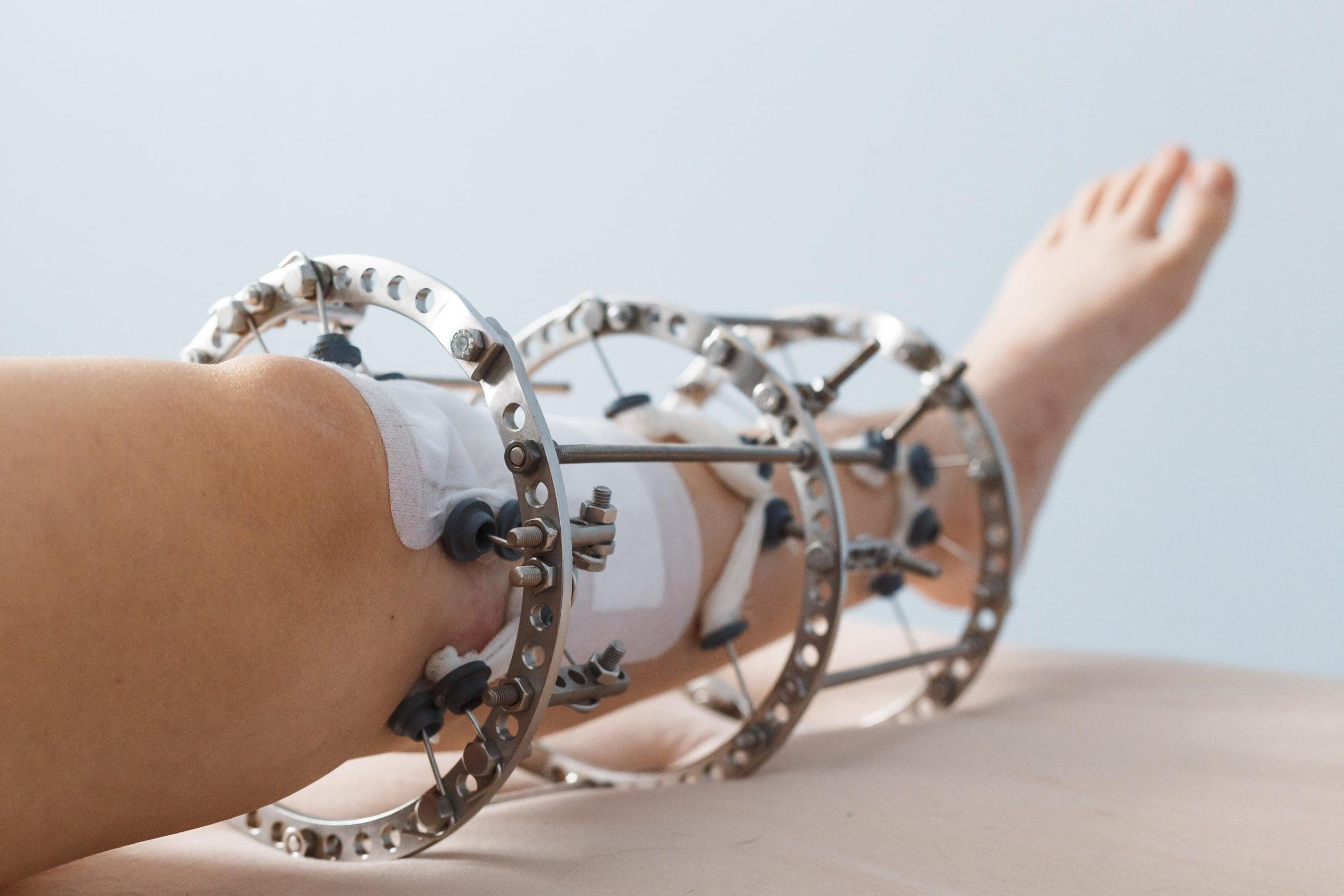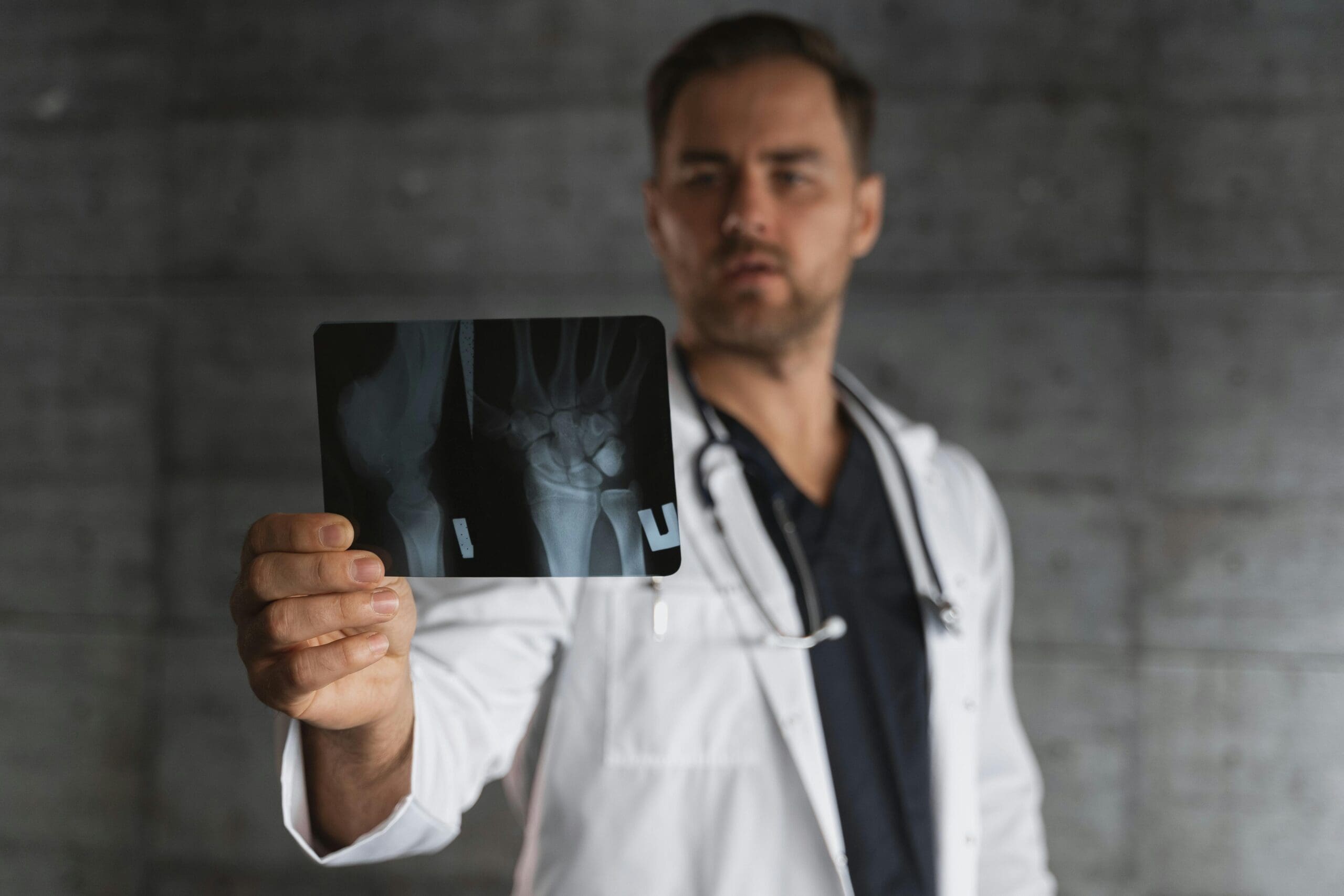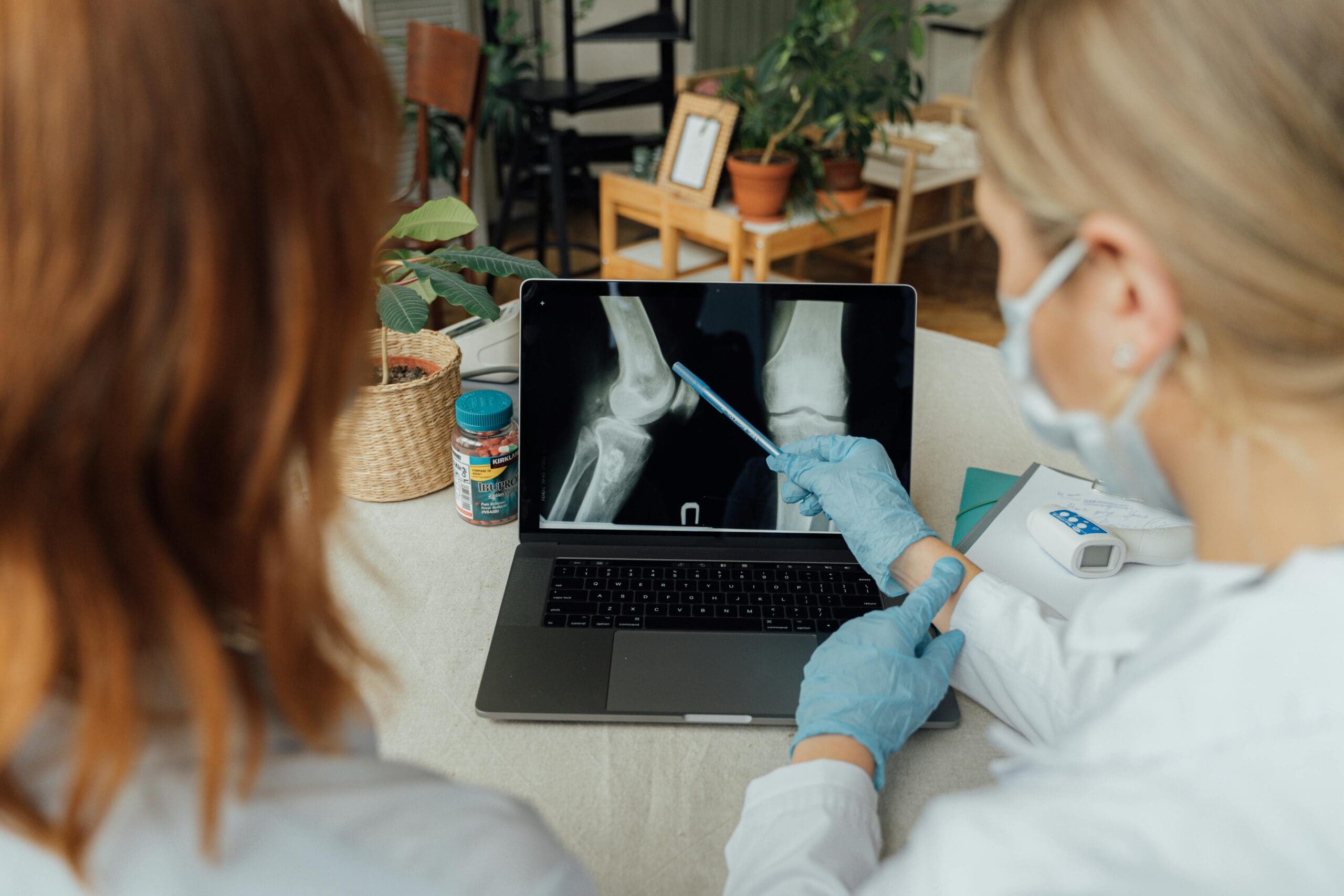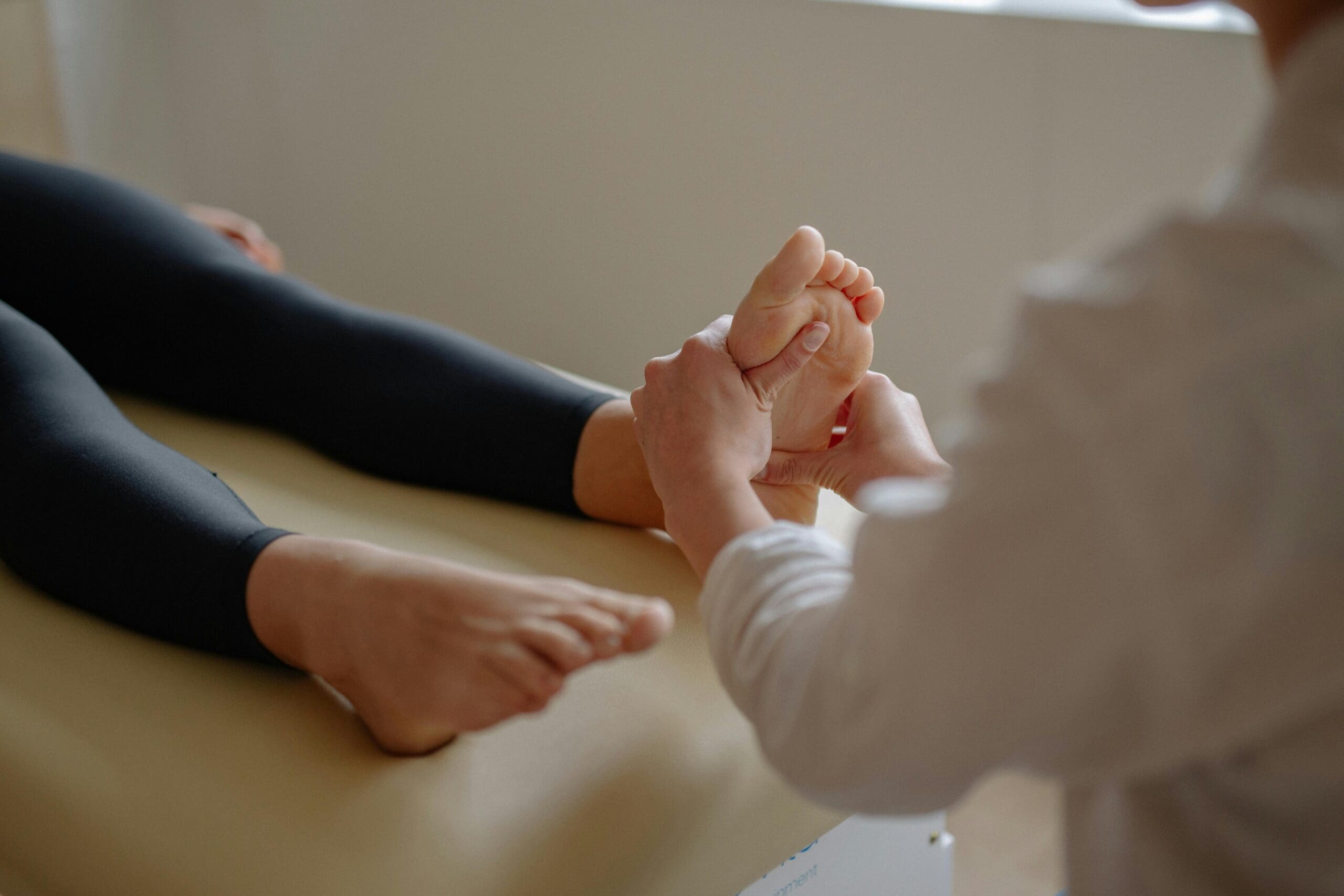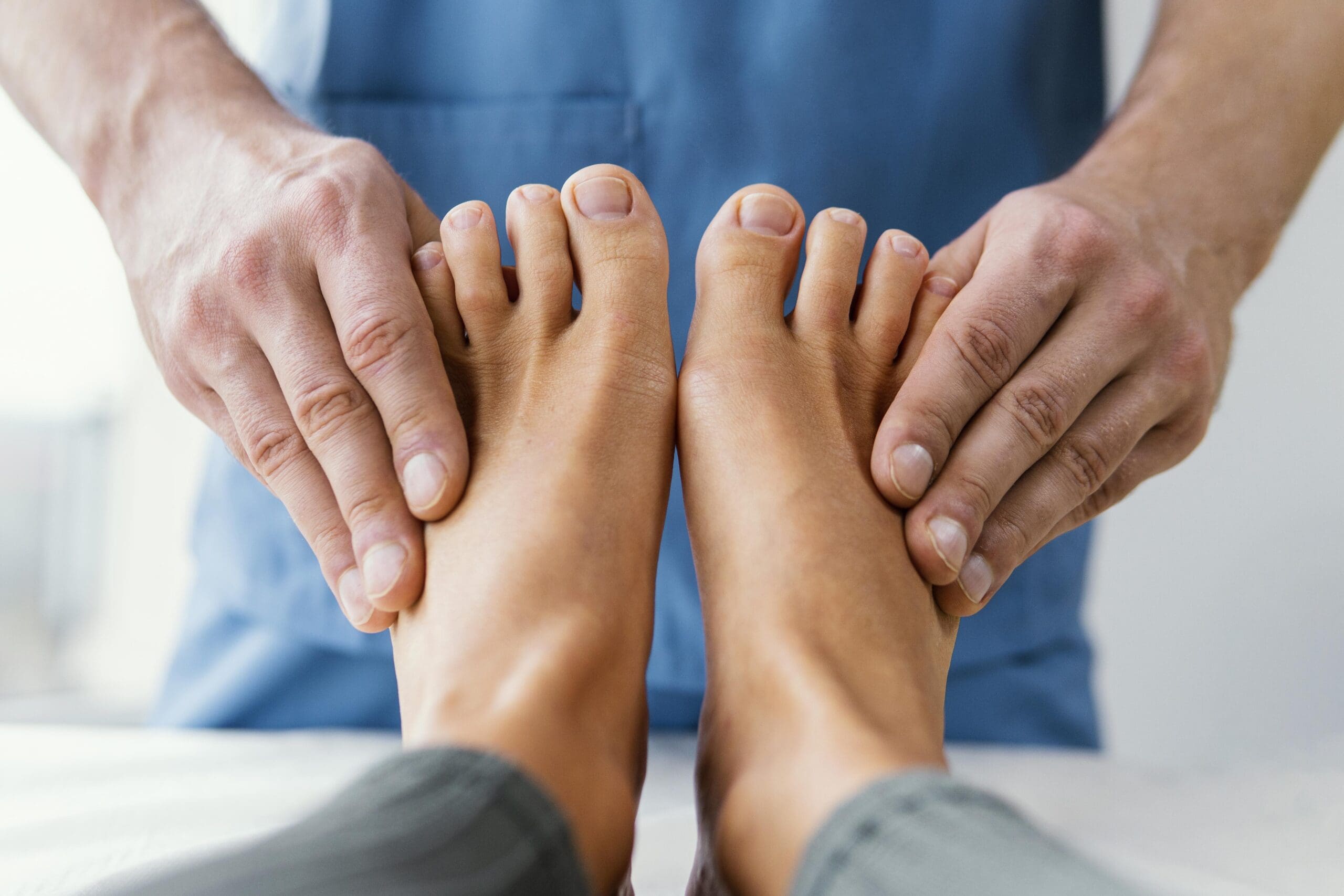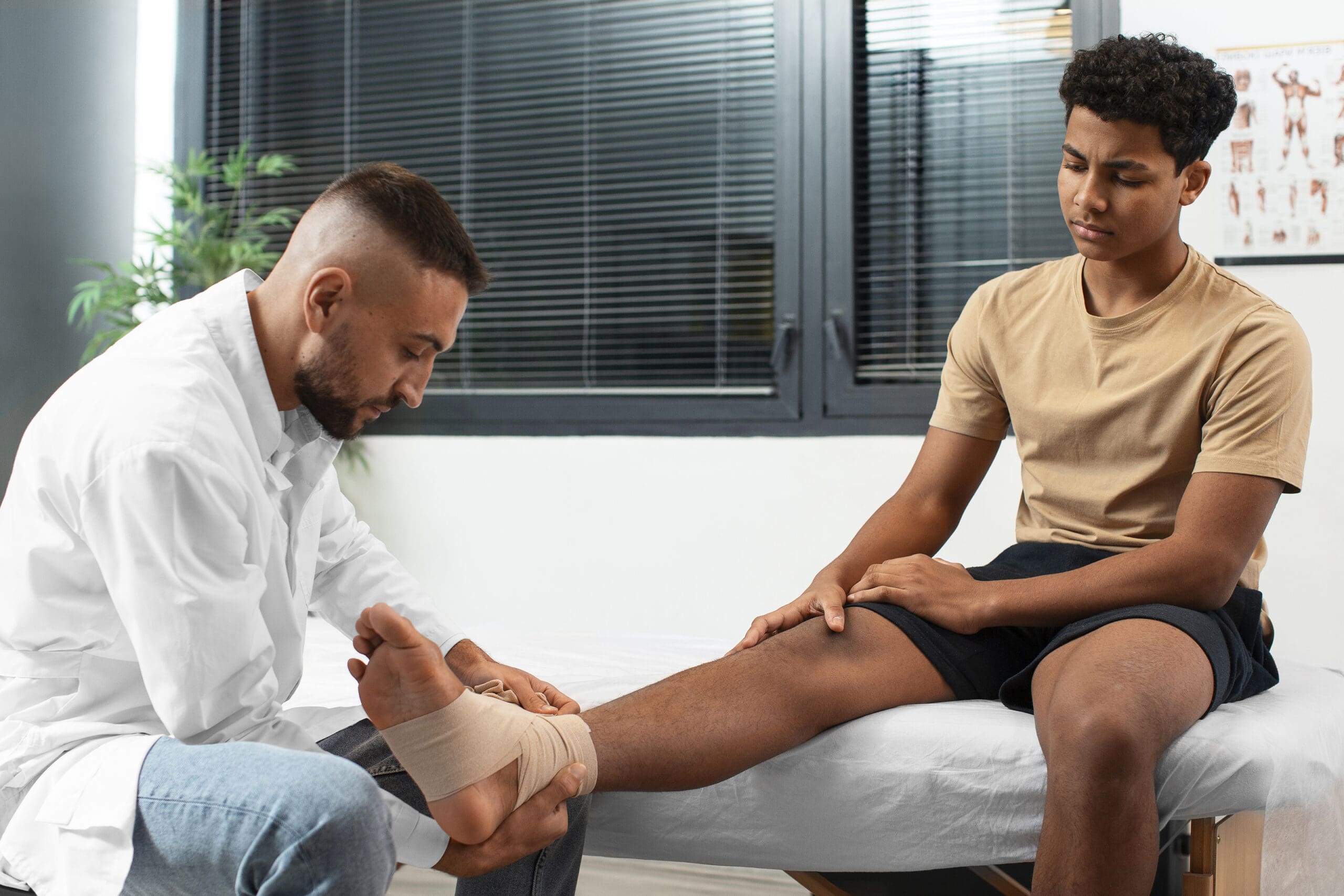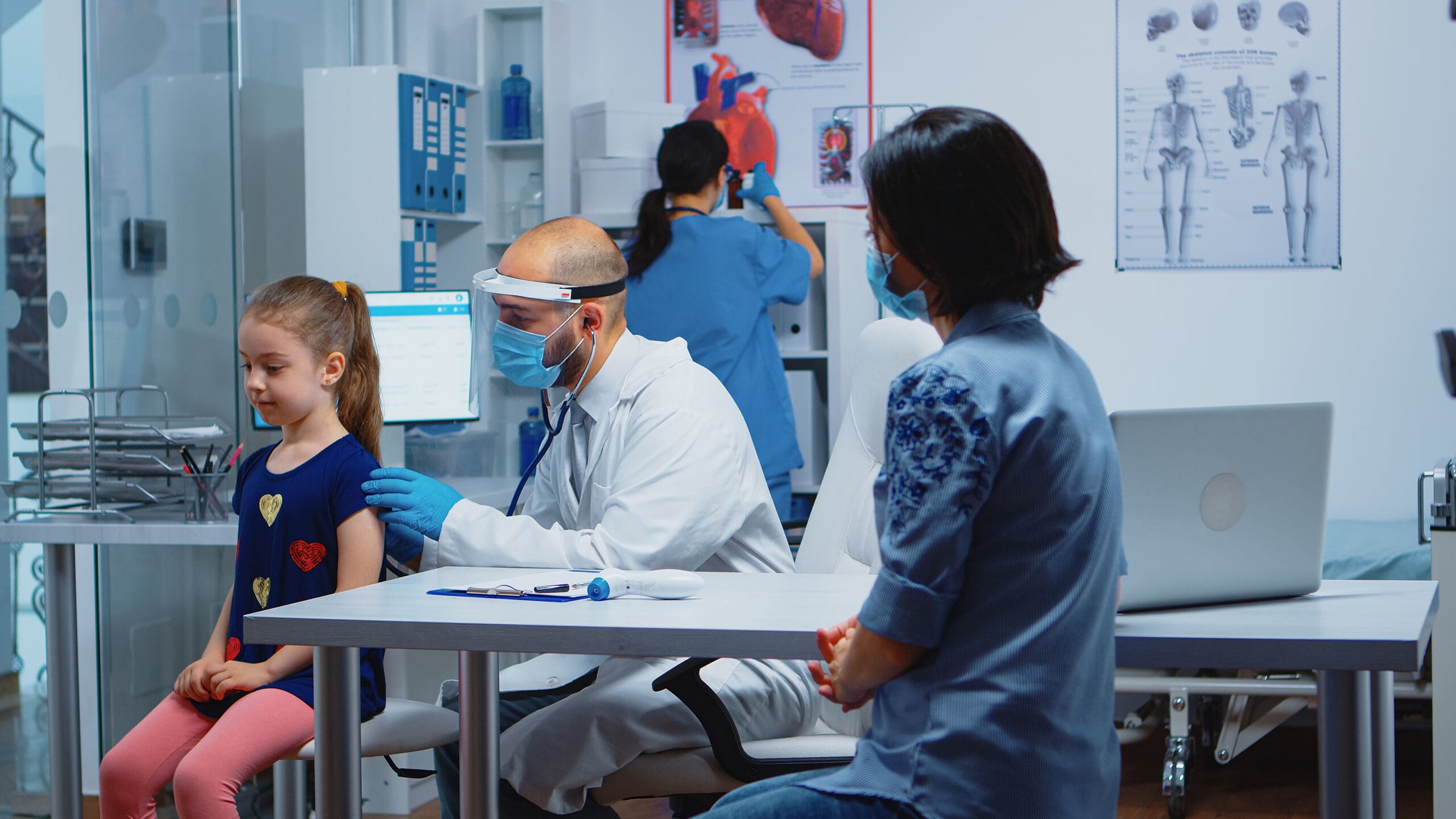Limb length differences, bone defects, and structural deformities can impact mobility, alignment, and everyday function. In many cases, these issues develop from birth or injury and gradually become more noticeable over time.
Using advanced surgical techniques, limb lengthening offers a way to restore symmetry, improve movement, and prevent long-term complications. The process works by encouraging new bone growth through a carefully controlled procedure and recovery plan.
Dr. Ahmed Thabet is one of the few orthopedic surgeons in the region with fellowship training in limb lengthening, pediatric orthopedics, and trauma. He treats both children and adults with personalized care and a focus on long-term function.
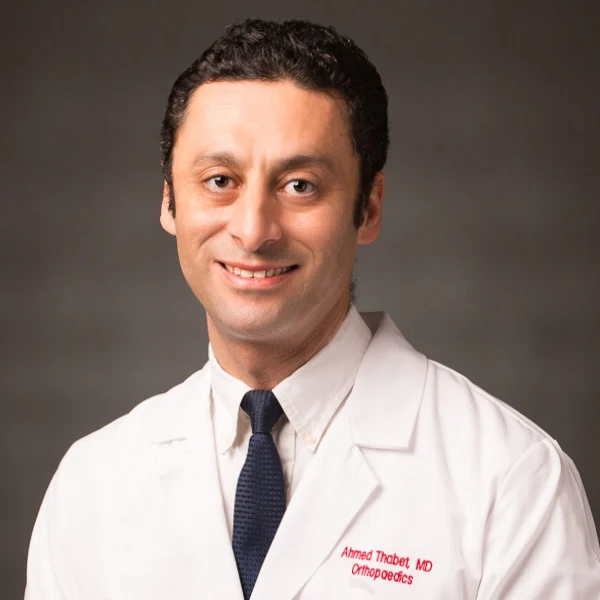
Dr. Ahmed Thabet Hagag sees patients in Angleton, TX and throughout the greater Houston area.
What Is Bone and Limb Lengthening?
Bone and limb lengthening is a highly specialized surgical procedure used to correct differences in limb length, limb shortening, stature lengthening or gaining height, complex deformities, or bone loss caused by trauma, congenital conditions, or disease.
It works by gradually encouraging new bone growth in a controlled way, restoring balance, alignment, and function. This procedure can benefit both children and adults, particularly those with leg length discrepancies, growth plate injuries, or skeletal abnormalities like skeletal dysplasia (ie. achondroplasia).
How Limb Lengthening Works
Limb-lengthening surgery is a gradual process that can be applied to both the upper and lower limbs. It corrects discrepancies and deformities by encouraging new bone formation in long bones like the femur, tibia, humerus, or forearm bones.
A surgical procedure called an osteotomy cuts the bone, and then an internal or external device is used to slowly separate the bone segments. This controlled separation stimulates bone growth in the gap.
Conditions We Treat
We address a wide range of conditions that can lead to functional limitations, pain, or uneven limb growth. Whether these issues are congenital, developmental, or post-traumatic, our goal is to restore alignment and improve quality of life.
- Limb length discrepancy, limb differences, limb shortening
- Congenital defects such as fibular hemimelia, tibial hemimelia or congenital short femur (Congenital Focal Femur Deficiency)
- Bone defects from trauma or infection
- Growth plate damage
- Skeletal dysplasias (e.g., achondroplasia)
- Nonunion or malunion fractures
- Bone infections (osteomyelitis)
- Angular deformities (e.g., knock knees, bowlegs)
These conditions often overlap with broader orthopedic concerns. Learn more about our orthopedic surgery, pediatric orthopedics, and orthopedic trauma services.
Treatment Options
Every patient receives a custom treatment plan designed to address their specific condition and lifestyle. Options may be non-surgical or surgical, depending on the severity of the deformity or discrepancy.
Non-Surgical Options
Some conditions can be managed without surgery, especially in early or mild cases. We provide careful monitoring and guidance.
- Watchful waiting for minor discrepancies
- Shoe lifts, orthotics, and bracing
- Prosthetic options for limb deficiencies
- Physical therapy to support mobility and muscle strength
- Psychological support throughout the treatment process
Surgical Options
When conservative measures are not enough, surgical treatment can provide long-term correction and functional improvement. These procedures are tailored to the patient’s diagnosis, age, and growth potential.
- Osteotomy and gradual correction using an internal lengthening nail or external fixators
- Fixator-assisted plating and nailing
- Guided growth surgery for children
- Slowing down the growth of the longer leg with a procedure called epiphysiodesis, which can be either temporary or permanent
- Shortening or the long bone in adults by take off a segment of the bone
- Derotation osteotomy for rotational abnormalities
- Bone transport for large bone defects
Pediatric Limb Lengthening
Limb lengthening in children requires careful planning to protect the growth plates and accommodate ongoing development. Our approach focuses on safety, precision, and long-term results.
We use minimally invasive, growth-sparing surgical techniques that are specifically adapted to a child’s stage of development. This includes guided growth procedures and devices designed to minimize disruption to surrounding soft tissues and bone structure.
Close monitoring is essential throughout the process. We follow our pediatric patients closely with imaging and functional assessments to make adjustments as they grow. This early intervention can be critical in preventing long-term functional limitations and may reduce the need for more invasive procedures later on.
By providing long-term care, we help children maintain alignment, avoid future complications, and enjoy full participation in school, sports, and everyday activities.
Limb Lengthening Procedure
Limb lengthening is a multi-step process that requires careful planning and patient participation.
The procedure begins with an osteotomy, where the bone is surgically cut to create two separate segments. A device is then used to slowly pull the bone segments apart at a controlled rate of approximately 1 millimeter per day, this is known as the distraction phase.
As the gap widens, new bone tissue gradually forms between the segments in a process called distraction osteogenesis. This new bone continues to harden during the consolidation phase, which begins several weeks after surgery and can last for months, depending on the individual case.
The limb lengthening process affects not only the bone, but also surrounding soft tissues such as muscles, nerves, tendons, and blood vessels. Careful planning and physical therapy help prevent stiffness, weakness, or injury. Throughout the lengthening phase, we monitor tissue adaptation closely.
Devices Used in Limb Lengthening
The device used depends on the complexity of the case, patient age, and comfort considerations. We offer both internal and external options.
- Internal devices: These include magnetic internal lengthening nails, such as the PRECICE nail, which are implanted inside the bone and adjusted externally with a remote control. This option is discreet and generally more comfortable.
- External fixators: These are frame-like devices worn outside the body. Ring fixators and hexapods allow for gradual correction of deformities in multiple planes.
Recovery and Rehabilitation
Recovery time depends on the bone involved, the amount of lengthening, and individual healing response.
Physical therapy is essential throughout both the distraction and consolidation phases to maintain joint flexibility, preserve muscle strength, and promote bone healing.
Most patients return to daily activities gradually, with support from our care team during every stage.
Long-Term Support for Every Step of the Process
Limb lengthening requires ongoing follow-up, physical therapy, and thoughtful care throughout each phase of recovery. From your initial consultation to your final check-up, our team is here to guide you through each step with clarity and support.
FAQs About Bone and Limb Lengthening
How long does the limb lengthening procedure take?
The distraction phase typically progresses at a rate of 1 millimeter per day and can last several weeks. The consolidation phase takes place in the weeks after surgery and may continue for several months as the bone fully hardens.
Is limb lengthening surgery painful?
Some discomfort is normal during the lengthening process, but it’s generally manageable with medication and support. We closely monitor patients to ensure comfort.
What is the success rate of limb lengthening procedures?
The success rate is high when performed by an experienced orthopedic surgeon. A well-planned limb lengthening procedure combined with rehabilitation leads to excellent outcomes.
Can adults undergo limb lengthening?
Yes, adults can benefit from both internal and external devices, though their recovery time may be longer due to slower bone growth.
Will I need physical therapy after surgery?
Yes, physical therapy is critical throughout the lengthening process and recovery period. A physical therapist will work with you to preserve mobility, support soft tissues, and enhance muscle strength.
How do I find a limb lengthening specialist near me?
If you are looking for a limb lengthening specialist near you, Dr. Thabet offers advanced, individualized care in Angleton, TX and welcomes patients from Houston, Galveston, League City, and surrounding Southeast Texas communities.
